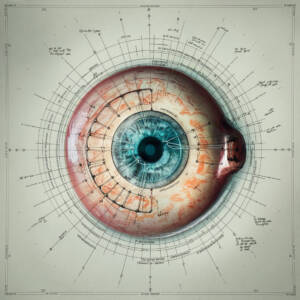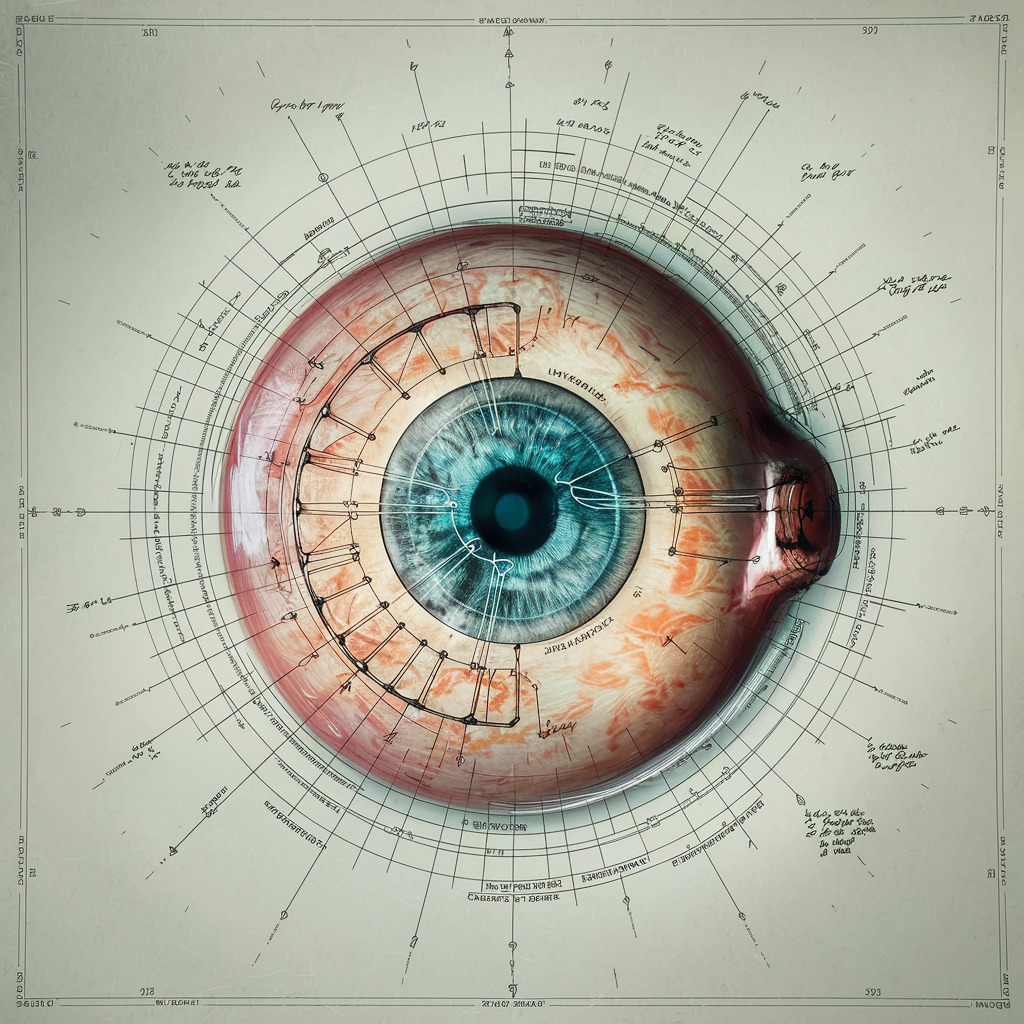Authors: Denisse Pinkus, MD & Ivo Ferreira, MD

In the evolving landscape of ophthalmic surgery, the advent of virtual simulation has marked a significant leap forward in training methodologies. A pioneering concept at the forefront of this transformation is “Intraoperative Ocular BioMechanics” (IOBM). This term embodies a nuanced understanding of the mechanical properties and physiological responses of ocular structures during surgical interventions, particularly cataract surgery.
The Genesis of Intraoperative Ocular BioMechanics
Intraoperative Ocular BioMechanics is born out of the intersection between intraoperative practices and biomechanical principles, tailored specifically to the realm of eye surgery. By dissecting the term, we find “intraoperative,” pertaining to the procedural conduct during surgery, seamlessly integrating with “biomechanics,” the science that explores the mechanical attributes of biological systems. IOBM, therefore, encapsulates a comprehensive approach to understanding the eye’s structural dynamics under surgical conditions.
Virtual Simulation: A Gateway to Mastery
The integration of virtual simulation in cataract surgery training has been a game-changer. Traditional training methods, while effective, often lack the ability to provide real-time, dynamic feedback in a risk-free environment. Virtual simulation bridges this gap by offering an immersive, interactive platform where the principles of IOBM can be explored and understood to their fullest extent.
These sophisticated simulations replicate the intricate environment of the eye, allowing trainees to visualize and manipulate ocular structures with unprecedented clarity. From the cornea’s curvature to the lens’s elasticity, each element is rendered with meticulous detail, providing a fertile ground for understanding the biomechanical interactions at play.
Learning Through Interaction
One of the core advantages of employing IOBM in a simulated environment is the opportunity it presents for experiential learning. Trainees can observe the immediate effects of surgical maneuvers on ocular biomechanics, gaining insight into the cause-and-effect relationships that govern surgical outcomes. This hands-on approach facilitates a deeper comprehension of the eye’s mechanical properties, such as tissue resistance and fluid dynamics, crucial for successful cataract removal and intraocular lens implantation.
Advantages of Intraoperative Ocular BioMechanics in Training
- Risk-Free Exploration: Virtual simulations provide a safe environment to experiment with different surgical techniques, allowing for mistakes without real-world consequences.
- Objective Feedback: Immediate feedback on surgical technique and decision-making enhances learning, enabling trainees to refine their skills more effectively.
- Repeated Practice: The ability to repeat procedures within the simulation fosters proficiency and confidence, essential qualities for any surgeon.
- Adaptability: Simulations can introduce varied and complex scenarios, preparing trainees for the unpredictable nature of real-world surgery.
The Future of Ophthalmic Surgery Training
As we look to the future, the role of Intraoperative Ocular BioMechanics in surgical training is set to expand. Its application in virtual simulations is not just transforming how surgeons are trained but also enriching their understanding of ocular physiology and mechanics. This deepened insight is pivotal in advancing surgical techniques, improving patient outcomes, and navigating the complexities of eye surgery with greater precision and confidence.
Intraoperative Ocular BioMechanics, bolstered by virtual simulation, represents a significant stride toward a new era in ophthalmic education. By embracing this innovative approach, the medical community can equip the next generation of surgeons with the knowledge, skills, and adaptability required to excel in the ever-evolving field of eye surgery.


Excelente herramienta sobre todo para los “young ophthalmologists”
Ojala hubieramos tenido estas opciones para aprender a operar con mas seguridad